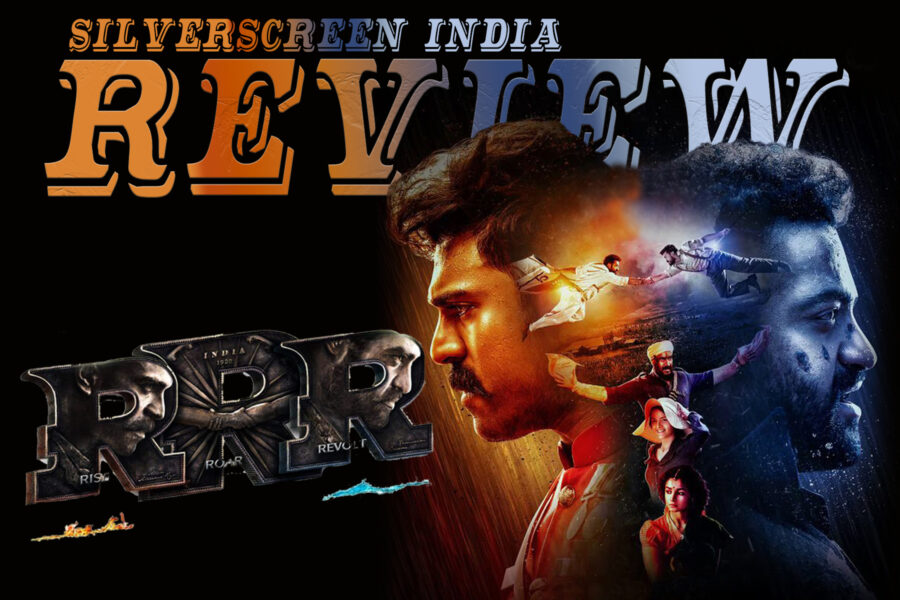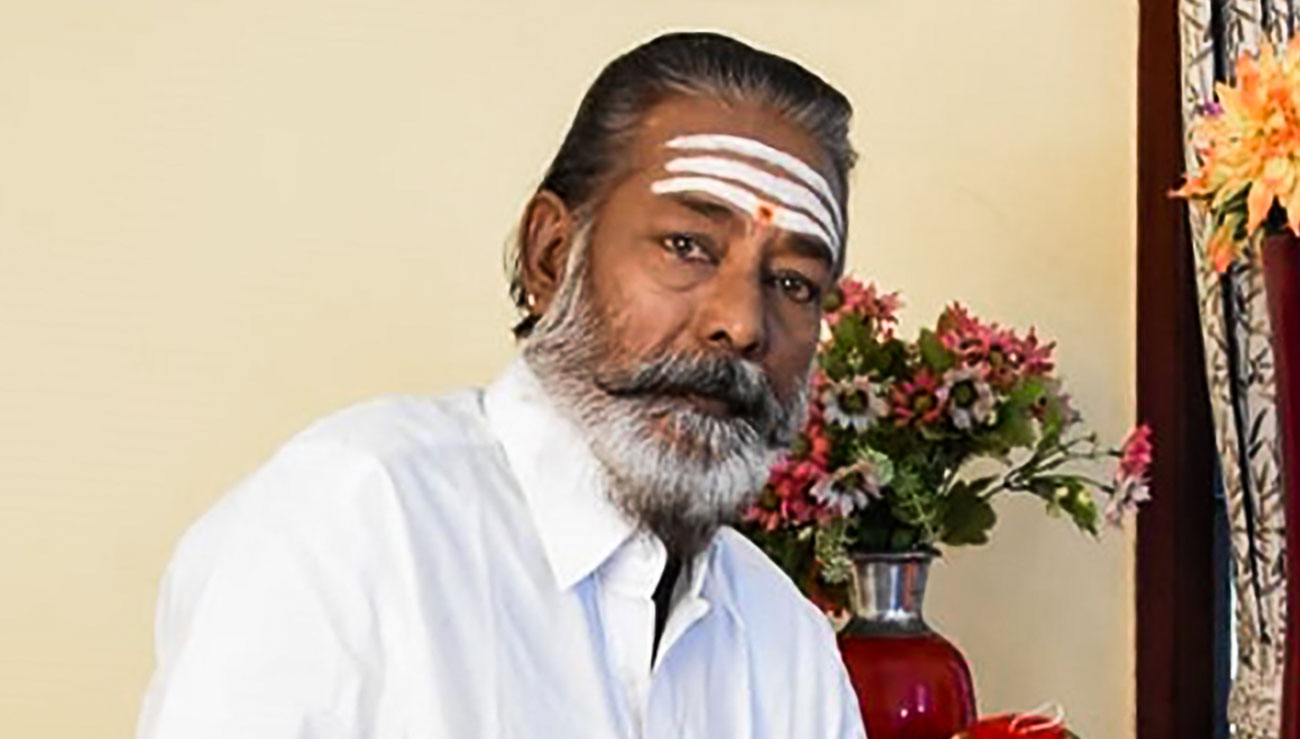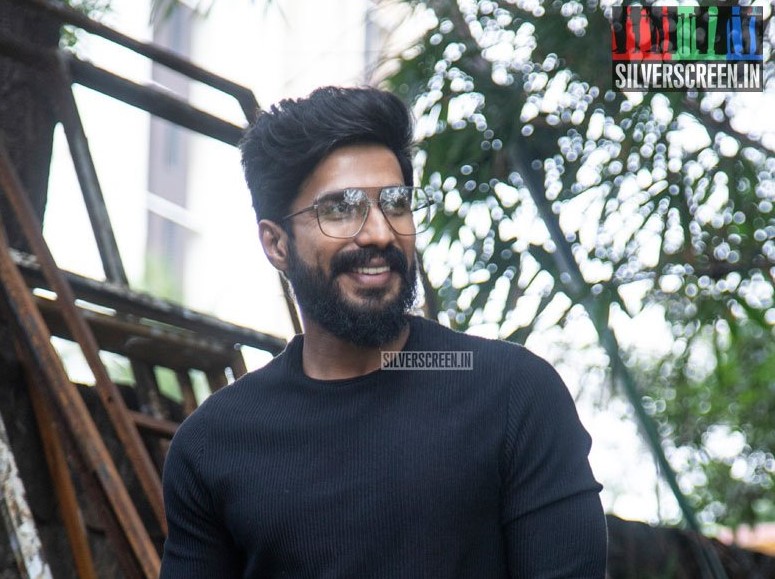Few understand the insides of Indian movie theatres like SS Rajamouli does. The filmmaker seldom delves into the depths of a story. His films do not aspire to make the viewer feel smarter but trick a crowd of adult audiences into buying the simplistic pleasures of a children’s comic book. Into ordinary tales of love, friendship or revenge, he inserts elements of fantasy and masala. In Baahubali, for one, the crux of Disney’s The Lion King is planted on an ancient Indian landscape where fantasy and real-life freely flow into each other’s domain. For those who do not buy the schmaltz, he furnishes spectacular set-pieces, like the one where the hero perfectly manoeuvres palm trees on a war zone into human catapults or when he turns a herd of cattle into a fatal combat unit.
Such pleasures abound in his latest, RRR, a period-fantasy set in colonial India, in Delhi and its wild outskirts, around two men fighting a common enemy. Stunt sequences are stunningly choreographed. In the film’s mightiest edge-of-the-seat moment, three unarmed commoners in a truck barge into a crowd of British soldiers and unleash the most unexpected kind of attack. The twin heroes, Ram Charan Teja and Junior NTR, look like top-notch dancers on lavish sets, their lithe movements matching the narrative’s internal rhythm.
In an early scene, Teja, who plays Raju, an officer in the British army, storms into a sea of protestors baying for the blood of his English master. Despite the gore and the implausibility of the action, one cannot look away from the screen, thanks to the scene’s meticulous design. Every time the crowd overpowers him, Raju re-emerges with incredible resolve. His body starts to bleed profusely, but his eyes remain stoic. One might want to attribute Raju’s cold demeanour to Ram Charan’s famous inability to emote, but a clever well-shot flashback sequence attaches a meaning to his aloofness.
However, unlike the Baahubali films, RRR, set in a well-defined time, is mounted on excessive convenient coincidences and accidents. The villains, the British rulers and cops, act ridiculously evil, their cruelty devoid of any subtlety or sense. They mock and smirk, provoking the viewer so that when the heroes finish them off, the gallery would feel immensely gratified.
Rajamouli tries to thicken the characterisation of the heroes by assigning them a motif – fire for Raju, a denotation of the quest for revenge burning his insides, and water for Bheem (NTR), perhaps a symbol of the tranquil life in the forest he left behind. Shallow this might seem, but the idea contributes to the stunt sequences. Raju and Bheem meet for the first time at an accident site, where a train on a river bridge is on fire.
But the film’s emotional foundation, the friendship of Raju and Bheem, appears too contrived. While working undercover to track down an anonymous assassin, a Gondi warrior, Raju accidentally befriends Bheem, the man he had been looking for. The latter, living in Delhi disguised as a Muslim mechanic, is looking to save a tribal girl the British governor’s wife kidnapped. In a song montage, you see Raju and Bheem roaming the streets of Delhi like bosom friends, chatting away by the side of Yamuna and eating food from the same plate. Miraculously, the friends remain absolutely oblivious to each other’s real personalities. What do they talk about? What is their friendship built on? Raju, a dutiful cop, steps out of character, shedding his stiffness, to help Bheem charm a girl and to dance with him at a party hosted by his masters.
True, in Rajamouli’s universe, the plausibility of the events matters little. The emphasis is on the two men bonding over their common physical attributes. They fight and dance alike, with equal gusto. The dance, Nattu Nattu, is superbly choreographed and performed. The youngsters’ light-hearted flirtations mix with the situation’s dark undercurrents. Also, a battle of masculinity happens there – young English men have to compete with their native counterparts to win the attention of English women.
As the film proceeds, one realises that the men have more shared qualities, like their inexplicable immortality. One of the strongest hooks of Baahubali was the death of Amarendra, a good man. In RRR, Raju and Bheem undergo life-threatening moments multiple times on battlegrounds, get fatally injured, are starved and are subjected to heinous custody violence by the British. But they escape death every time. What could threaten two men who are immune to dying?
RRR, ultimately, is a film about the nation. Rajamouli and his writer KV Vijayendra Prasad base the lead characters, Raju and Bheem, on real-life heroes, Alluri Sitarama Raju and Komaram Bheem, Telugu revolutionaries who fought against the British in the 1900s.
Recommended
But RRR refuses to be historical fiction as history demands examining the ideological background of the characters. The fight for the native land, in the film, are individualistic acts, well-removed from the collective movement, as seen in Raju’s introduction scene. Unlike Komaram Bheem who fought for the rights of the tribal community, Bheem is a naive young man entrusted with a single job, of bringing back a kidnapped child. The battle is severely violent and the nation is blatantly Hindu. The iconography – the janeu on Raju’s brawny torso, Vande Mataram flags – teems the film’s surface. In the end, the struggle for freedom is clubbed with the Hindu epic Ramayana, an unprecedented mix. In the final sequences, Raju assumes the form of Lord Rama, and Bheem, the illiterate tribal man, becomes the Hanuman. Alia Bhatt (the film wastes her talent), who plays Sita, Raju’s fiancee, is often found under a tree, by the side of a lake or in a garden, like a damsel waiting for her man to come and take her away. Strains of mythology recur in Rajamouli’s films, but in RRR, he is least interested in its narrative tensions. Raju’s Rama avatar resembles a tableau at a religious procession. A hat-tip to the mythology-oriented early Telugu cinema or a sly act of playing to the new gallery shaping up in India.
*****
This RRR review is a Silverscreen original article. It was not paid for or commissioned by anyone associated with the movie. Silverscreen.in and its writers do not have any commercial relationship with movies that are reviewed on the site.



